The Curious Case of the Last ‘Wild’ Monkeys in Europe
Barbary macaques remain in Gibraltar thanks to a quirk of empire.
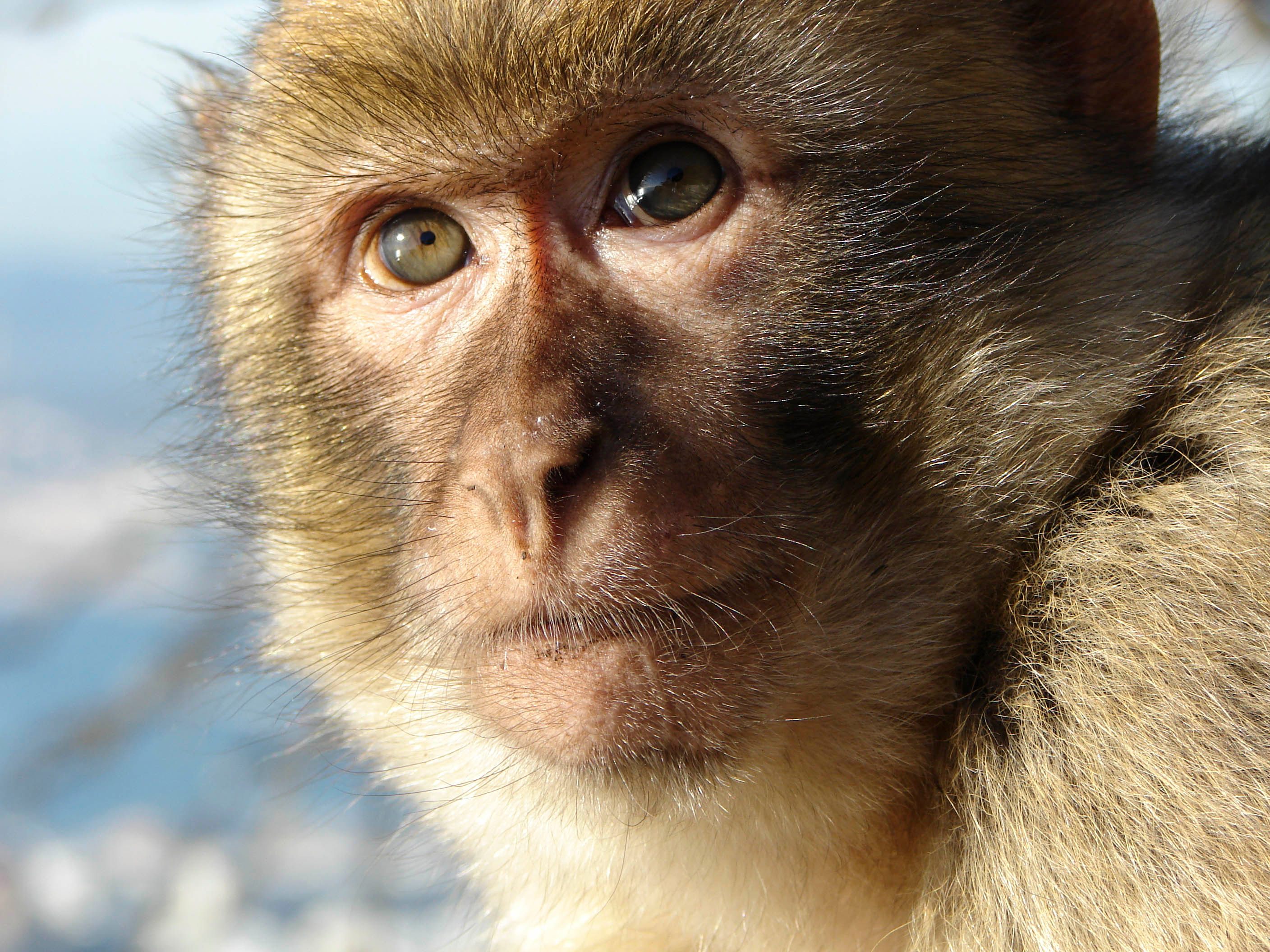
Gibraltar has no particular business belonging to Great Britain. The small peninsula jutting into the Mediterranean is extremely obviously part of Spain, geographically. But it was ceded to Britain in the 1713 Treaty of Utrecht, at the end of the War of Spanish Succession, and despite fairly consistent attempts, Spain never managed to get it back. During World War II, it served as a valuable military fort that gave Britain access to the Mediterranean and North Africa. In recent decades, the Gibraltarians have rejected attempts to make it either part of Spain or to share sovereignty between the two countries. They seem to like being a British Overseas Territory.
The peninsula is just 2.6 square miles, and consists mostly of sand, rock, and scrub. It is not an especially hospitable place, with little fresh water and few natural resources beyond sunshine and beaches. The plant and animal life is also fairly limited, with a few foxes and rabbits and a decent selection of frogs and lizards. It is a migratory stop for many birds, but they don’t breed or spend much time there. Gibraltar has few trees, just some hardy, shrunken wild olive trees and a bunch of imported palms, shrubs, and succulents from elsewhere in the British Empire, past and present.
And yet there are also roughly 200 Barbary macaques, tailless monkeys native to Morocco and Algeria. On this small, dry peninsula, largely dedicated to tourism and the military, with barely any fresh water and few other mammals, are monkeys.
Why, I wondered, is a tiny, rocky peninsula attached to Spain the only place in Europe with wild monkeys? Why aren’t there monkeys all over the continent, stealing baguettes and cigarettes in Paris, bothering currywurst cart operators in Berlin, snacking on olives in Calabria? What’s special about Gibraltar?
Nothing, it turns out, except for one of the best examples of British eccentricity the world has ever seen.

There are no wild, native primates, besides people, in Europe. There are many—monkeys, apes, lemurs—in Africa, and plenty in Asia, and in Central and South America. But none in Europe. “The thing is that primates are tropical and subtropical creatures; they don’t really go too far north, these days,” says Robert Martin, the director of the Anthropological Institute at the University of Zurich, who also worked on Gibraltar, specifically with the monkeys, for about a decade. Monkeys prefer warm temperatures and high levels of precipitation, in general. Most can’t survive in a place that’s too cold or too dry.
There is evidence in the fossil record of macaques and other monkeys all over Western Europe, as far east as Greece and even in Britain. Before the most recent Ice Age, which began about 110,000 years ago, Europe was a much warmer and wetter place, and monkeys thrived. But as the planet cooled, primate distribution contracted around the equator, and the European monkeys either moved out or died out.
Martin says he believes that macaques were probably the last primates to hang on in Europe. The macaque family, which today comprises 23 species, is one of the most adaptable, and macaques have proven capable of thriving in cities and a wide variety of climates and ecosystems. Today, most species live in Asia, including the famous snow monkeys of Japan, which like to hang out in hot springs during the winter.
The Barbary macaque, sometimes incorrectly called a “Barbary ape,” maybe because it is essentially tailless (monkeys have tails, apes don’t), lives primarily in a few scattered cedar forests in Algeria and Morocco, where, due to habitat destruction and the pet trade, its numbers are decreasing. The IUCN Red List declared the species endangered back in 2009. The only place, in fact, where the Barbary macaque population is not declining is in Gibraltar.
The history of the Gibraltar macaques is mysterious and draped in weird myths, unreliable sources, and military secrecy. One of Martin’s goals, when he first began to work in Gibraltar, was to see if he could figure out where the macaques came from, and what they were doing on this strange British Mediterranean rock.

In the early 17th century, a Spanish historian from Gibraltar named Alonso Hernandez de Portillo wrote what might be the first history of the place, and he noted that there were monkeys there, and that they had been there “from time immemorial.” There are mentions of the monkeys of Gibraltar from then to now, although until just a few decades ago, they didn’t offer much useful information. What did they eat? How did they live? How many were there? These questions were not really addressed.
When Martin got to Gibraltar, he found precious little data on the macaques and their history. “The received wisdom was that the population was virtually extinct during World War II, maybe two left, and that they were too old to breed,” he says.
Here’s where we get to the British eccentricity. There is a long-standing legend that states that as long as there are macaques in Gibraltar, the peninsula will remain under British control. It’s not clear where or when this legend came from, but it was well known during the political career of Winston Churchill. During World War II, Churchill somehow became aware that the macaque population had dramatically declined in Gibraltar and, not wanting to give the appearance of British territorial weakness, decided to import a whole bunch of Barbary macaques from North Africa. “I searched as hard as I could to find any documentation, but the thing is,” Martin says, “it was done under considerable secrecy, because the British didn’t want to let on to the Germans that the colony was dying out.”
Martin and his team were very interested in the genetics of these monkeys. With the Gibraltar population commonly thought of as the only wild monkey population in Europe, is it possible that they are the last gasp of Europe’s native non-human primates? Did these monkeys somehow escape the last Ice Age, move as far south as they could, and cling to life on a Spanish-English rock?
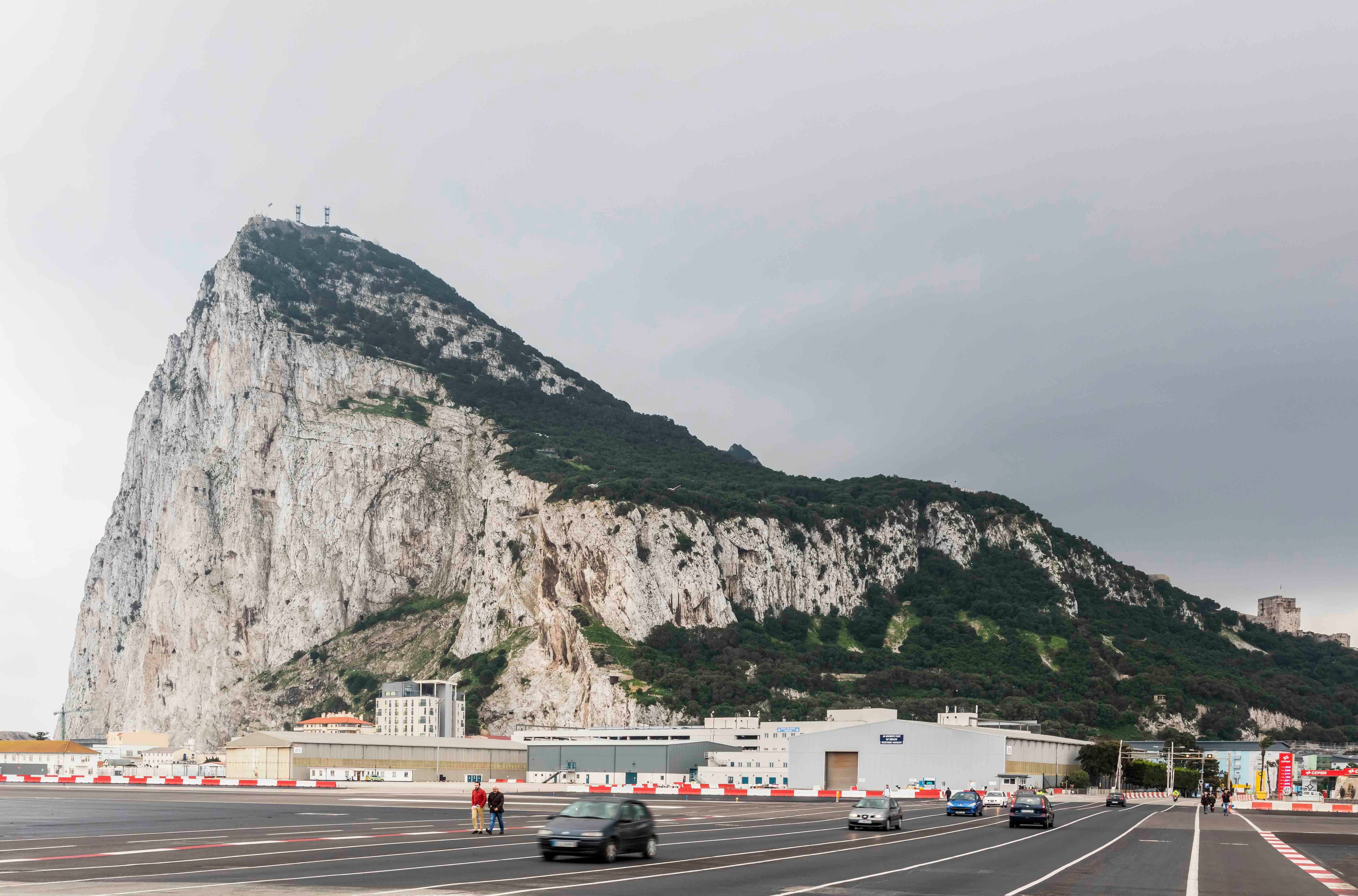
The DNA testing showed some very curious things. The researchers had been told that the imported monkeys had come specifically from Morocco. The testing, on the other hand, showed mitochondrial DNA markers from both Moroccan and Algerian monkey populations, which do not mix in the wild, even though they are perfectly capable of it. Further, the mitochondrial DNA showed that all possible ancestors of the Gibraltar population were to be found in Morocco and Algeria. In other words, these monkeys are wholly descended from imported African monkeys, and extremely unlikely to represent any hypothetical surviving European population.
Whether this was the case prior to World War II, nobody knows; there was no old monkey DNA for Martin and his team to test, and records are very spotty. But Martin thinks it’s pretty unlikely that there ever was what he calls a “relic population” in Gibraltar. “My guess is that they were introduced,” he says. “I don’t think there was ever a relic population from the Pleistocene in Gibraltar. I think the natural macaques of Europe died out and some bright spark decided to bring a few Moroccan or Algerian macaques to Gibraltar and it grew from there.”
After World War II, under the control of the British military and, later, a nongovernmental organization, the population of Gibraltar macaques has stayed relatively stable. Sometimes too stable, at least for the government’s liking. The macaques are seasonal breeders, and their population can double every five years or so without controls. The government typically either shoots excess monkeys or exports them to zoos. When the population gets above around 200, says Martin, they start heading into town and stealing cameras and food from tourists, which the tourists (and thus the government) don’t much like.
Perhaps the weirdest thing about the Gibraltar macaques is that Gibraltar is an awful place for a macaque to live. “The reason they can survive on Gibraltar is that they’ve been provisioned right from the outset,” says Martin. There is simply not enough naturally occuring food there to support a population of monkeys in any sustainable way. Instead, they are fed by tourists and the Gibraltar Ornithological and Natural History Society (GONHS), the group that took over management of the monkeys in the 1990s. The GONHS gives the monkeys a delivery of fruits, vegetables, nuts, seeds, and water each morning, and tourists—both intentionally and otherwise, because the monkeys are nothing if not opportunistic—provide less-healthy snacks. There are signs all over Gibraltar pleading with tourists not to feed or touch the monkeys, but they don’t appear to work.
Interestingly, this makes it not unlike a place in Germany called Affenberg, otherwise known as Monkey Mountain. Affenberg also hosts about 200 Barbary macaques, which are fed by tourists and managers. (Affenberg tourists feed monkeys popcorn, which is healthier than the candy bars and sodas the Gibraltar macaques score from tourists.) It’s basically a safari-like tourist attraction. Perhaps that’s the correct way to think of Gibraltar’s monkeys.
Then there are the many places, in Europe and elsewhere, where escaped primates have made a life for themselves. Until 2001, there were wild olive baboons in Spain (they have since been captured and moved to zoos). Early last year, 52 Guinea baboons escaped from a Paris zoo. Perhaps most famous of these unmanaged non-native monkey populations is the feral rhesus macaques in South Florida, some of which survive perfectly well in the suburbs and were the subject of an excellent article by Jon Mooallem. South Florida is a far better environment for a monkey than Paris or Spain. There is plenty of fruit (and, well, garbage) for them to eat, and the climate is much more hospitable—humid and subtropical.
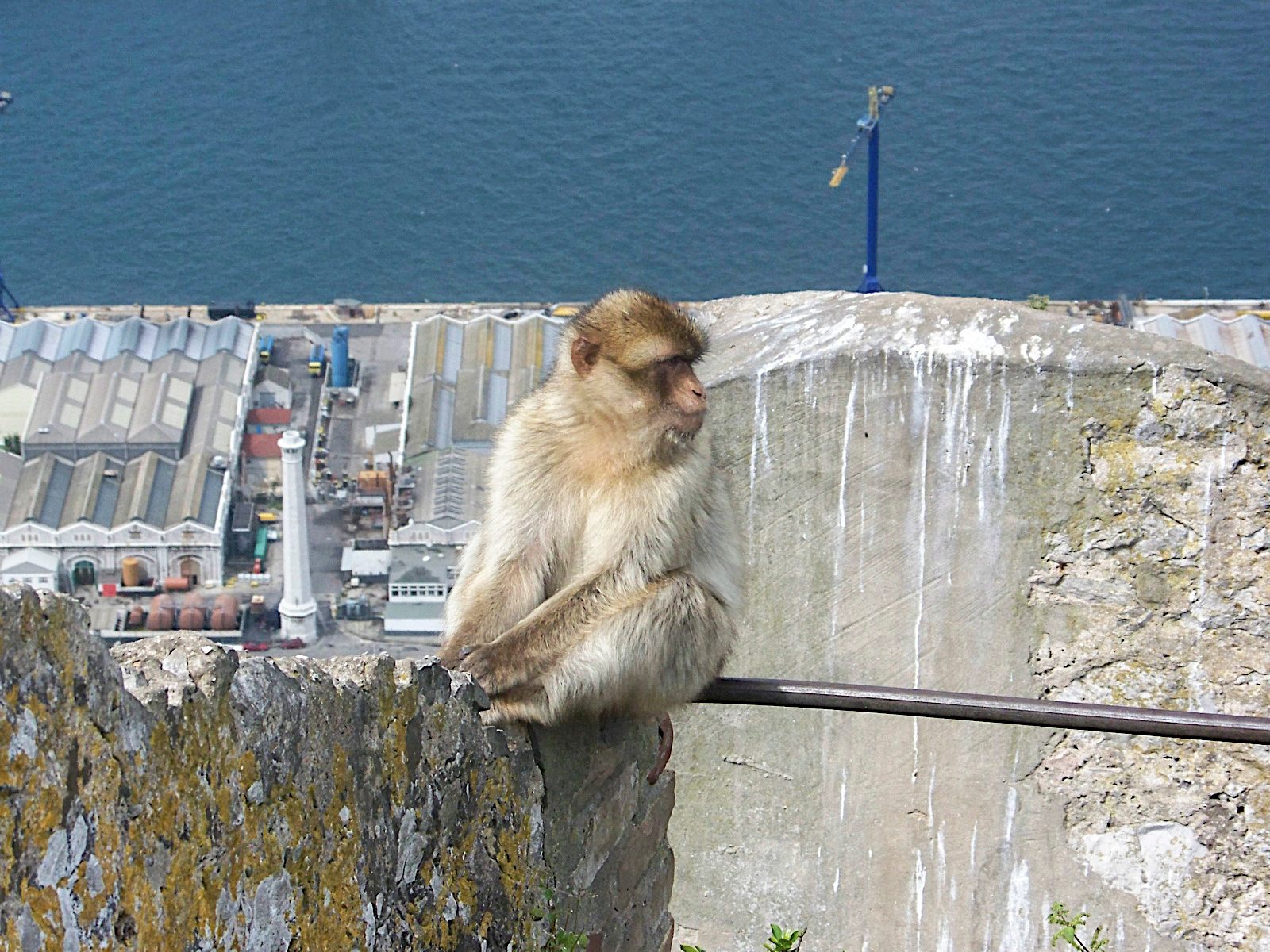
For now, the Gibraltar monkeys aren’t likely to spread beyond the peninsula and into Spain, says Martin, for a few reasons. One is that the north of the peninsula, an area the monkeys would have to migrate through, is extremely arid and barren, and home to Gibraltar’s airport. Besides, why would they want to leave? They’re getting everything they need in Gibraltar.
But management of the Gibraltar monkeys has not been stellar. Martin says that he proposed a catch-and-release contraception program to control the population, which the government of Gibraltar flatly ignored. (The governmental department in charge of the monkeys did not respond to requests for an interview.) Martin heard that the monkeys bring in about two million pounds a year in tourist revenue, from fees on the tourist vans that take tourists up onto the rock to meet the monkeys; hundreds of thousands of tourists visit each year. “They had the funds to institute a program and did nothing,” he says. So they continue to have to shoot them or ship them away.
And though their origins in Algeria and Morocco mean they have a fair amount of genetic diversity, Martin has begun to observe signs of inbreeding, such as ptosis, a droopy eyelid, which has been associated with inbreeding in various studies.
In any case, the mystique of the last wild monkeys in Europe is not nearly as exciting under scrutiny. The word “wild” is debatable, given that they have to be provisioned to survive, and “last” is almost certainly not true. They are monkeys in Europe, yes, but the reasons why they’re interesting are not exactly what you might think.



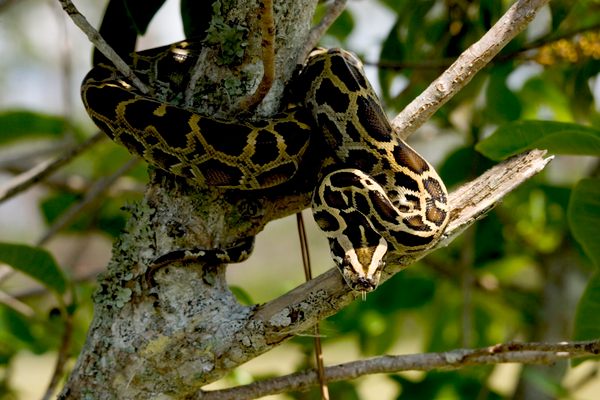

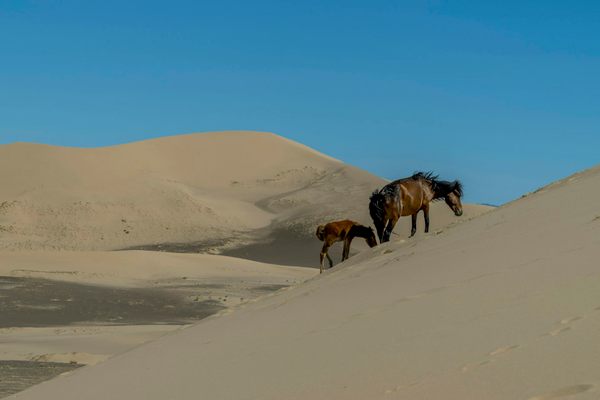



















Follow us on Twitter to get the latest on the world's hidden wonders.
Like us on Facebook to get the latest on the world's hidden wonders.
Follow us on Twitter Like us on Facebook